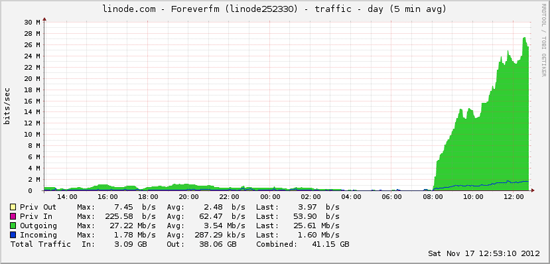Co-Working at The Working Group
Early in my academic career at the University of Waterloo, I was fortunate enough to land a co-op placement at The Working Group. Back then, the team was just over a dozen people. We were taking on our first mobile projects, and were starting to outgrow our old office at the Burroughes building – where we still had musical jam sessions with the partners every couple weeks. I learned more and had more fun in that four-month placement than I thought possible.

That was two years ago. In February 2013, I founded a software company that creates music apps that anybody can use. So far, our portfolio of products includes The Wub Machine, an automatic music remixing app, and Forever.fm, an app that creates an infinite DJ mix of the hottest songs on SoundCloud. These two apps have proven popular, and have already reached more than 1,000,000 people across the world. However, their development...





